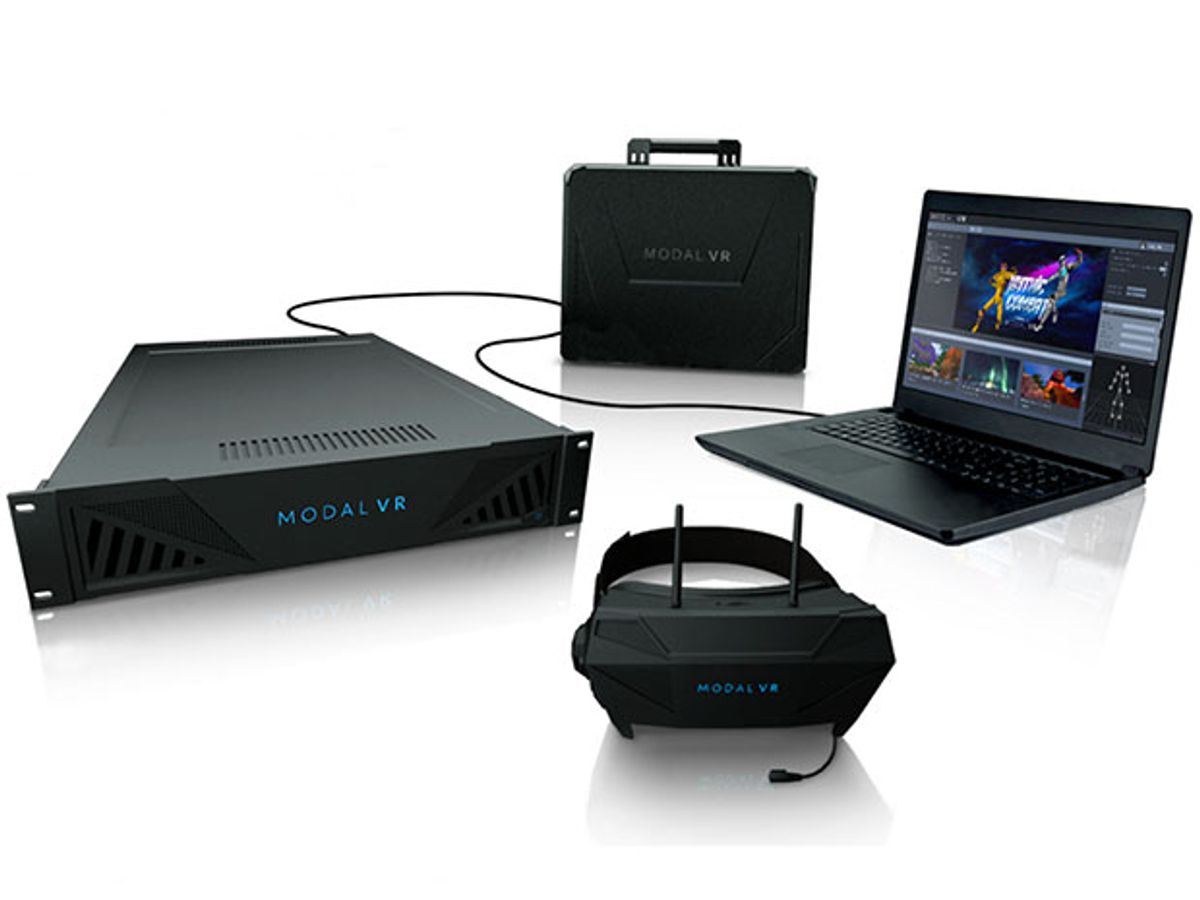I’ve been talking to a lot of academics, investors, and analysts lately to get a sense of what’s coming down the path in virtual and augmented reality.
And at least for VR—expensive, immersive, full on virtual reality—they’ve been telling me to look to gear for the business world, not the consumer world, for the next big thing. That’s because VR hardware won’t be cheap enough, at least in an untethered form, for the average consumer anytime soon.
So maybe Modal VR, a startup company that came out of stealth today that is building VR hardware exclusively for business applications, will hit the sweet spot for the technology in 2017. Cofounder Nolan Bushnell, founder of Atari and Chuck E. Cheese, thinks so. “My past successes have always been by being at the right time, at the right place,” he said in a video statement released at the launch.
The company says it will be shipping multi-user, wireless, VR systems to developers soon, but didn’t disclose a date.
“For those of us who grew up on “Star Trek,” the holodeck has always been the gold standard, Bushnell said in the launch video. “Modal VR is the first time that I believe we actually have the holodeck.”
The portable system, the company says, consists of a computer peripheral it’s calling the VR Fabricator, a virtual reality visor, a full-body motion tracking suit, and software; users will have to bring their own Mac or PC. Each Fabricator can support up to 10 users wearing visors and tracking suits; the peripherals can also be networked to add users or expand the range behind the initial 83,000 square meters.
You know this is a Bushnell effort because the featured app in the launch video is a gaming app, a virtual battle played out on what is, in the real world, a soccer field. It’s not a bad idea—I can easily see how a company makes a birthday party business out of bringing VR games to kids, competing with permanent laser tag venues, without requiring the purchase of real estate.
Other apps suggested on the website include real estate, allowing walkthroughs of multiple homes from a realtor’s office, perhaps; emergency response training; immersive exhibits in museums; and virtual field trips and simulations for students. “I want to have students be able to walk through the human body, to walk amongst the planets,” says Bushnell.
Tekla S. Perry is a senior editor at IEEE Spectrum. Based in Palo Alto, Calif., she's been covering the people, companies, and technology that make Silicon Valley a special place for more than 40 years. An IEEE member, she holds a bachelor's degree in journalism from Michigan State University.



